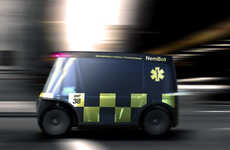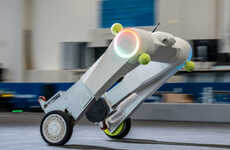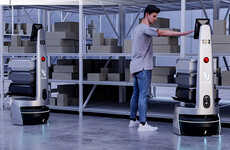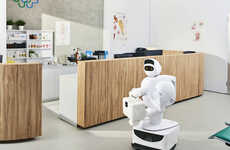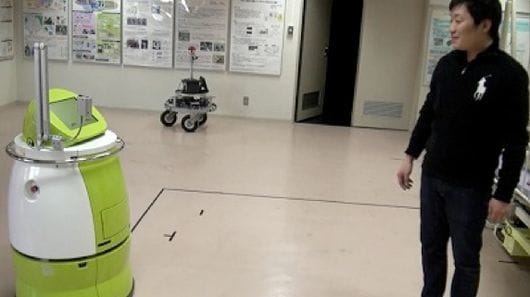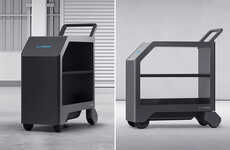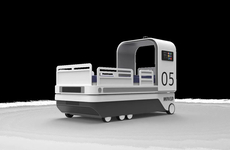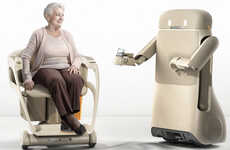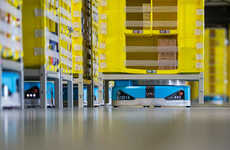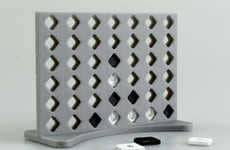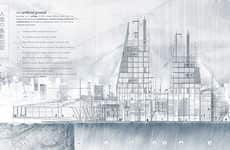
The Terapio Robot is Designed To Replace Medical Carts
Rahul Kalvapalle — June 2, 2015 — Tech
The Terapio is an omnidirectional robot, developed by researchers at Toyohashi University of Technology, that is designed to replace the medical carts you see being trucked around by doctors and nurses in hospitals.
The robot is equipped with a special tracking mode that allows it to visually track the person that it is designed to assist. This allows it to autonomously follow them whilst also avoiding obstacles. For more precise positioning, the person can manually control the robot via its Power Assist mode. To do this, they simply push a ring-shaped handle. The robot responds by moving itself in the desired reaction.
The Terapio is likely to be seen following doctors and nurses in hospitals in Japan and possibly elsewhere in the years to come.
The robot is equipped with a special tracking mode that allows it to visually track the person that it is designed to assist. This allows it to autonomously follow them whilst also avoiding obstacles. For more precise positioning, the person can manually control the robot via its Power Assist mode. To do this, they simply push a ring-shaped handle. The robot responds by moving itself in the desired reaction.
The Terapio is likely to be seen following doctors and nurses in hospitals in Japan and possibly elsewhere in the years to come.
Trend Themes
1. Autonomous Robots in Healthcare - Opportunity for autonomous robots to replace conventional medical equipment, revolutionizing healthcare practices.
2. Visual Tracking Technology - Development of visual tracking technology for robots to autonomously follow and assist individuals, creating a more seamless and efficient user experience.
3. Power Assist Mode for Robots - Incorporation of manual control features such as power assist mode to enhance the precision and flexibility of human-robot interactions in various industries.
Industry Implications
1. Healthcare - Autonomous hospital robots like Terapio could disrupt the healthcare industry by improving patient care, reducing errors, and optimizing workflow.
2. Robotics - Advancements in visual tracking technology and manual control features present disruptive opportunities for the robotics industry, specifically in the development of versatile and user-friendly robots.
3. Technology - Visual tracking and power assist modes can be applied to various industries, including manufacturing, logistics, and personal assistance, driving innovation and efficiency in their respective fields.
2.7
Score
Popularity
Activity
Freshness


